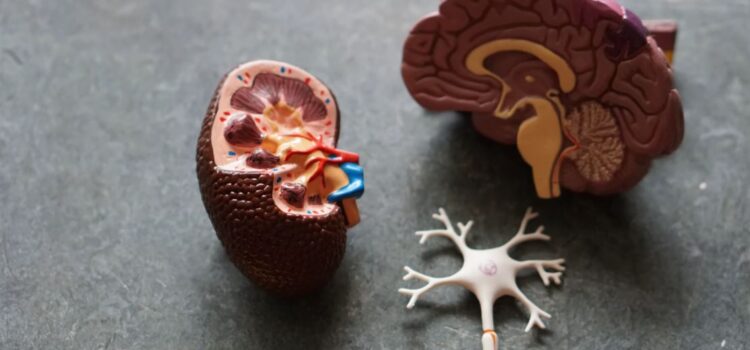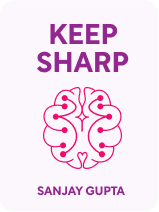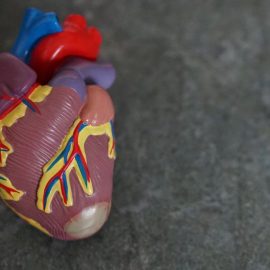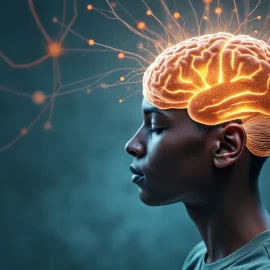

This article is an excerpt from the Shortform book guide to "Keep Sharp" by Sanjay Gupta. Shortform has the world's best summaries and analyses of books you should be reading.
Like this article? Sign up for a free trial here .
How does the human brain work? What are the most noteworthy features of the human brain?
The brain is a complicated organ. In spite of all the progress we’ve made toward understanding the brain, we still know very little about its inner workings. At the most basic level, there are two key attributes of the human brain you should understand: interconnectedness and neuroplasticity.
With this in mind, here’s a look at how the human brain works.
Interconnectedness
How does the human brain work? Our growing understanding of the brain has taught us that different parts of the brain function in a highly coordinated manner. Because of this, we should focus on improving the functions of every part of the brain, not just the areas we may deem most important. Not too long ago, it was thought that the brain was split up into separate parts that acted on their own: One part of the brain was used for abstract thinking, another for interpreting language. This led to the debunked theory that people are either left- or right-brain dominant. We now know, however, that much of the brain’s power and complexity comes not from the individual sections, but from the communication between each section.
Communication within the brain happens between neurons through synaptic connections, writes Gupta. There are billions of neurons, or brain cells, in the human brain, and trillions of synapses through which information is transmitted from one neuron to another via electrical signals. It is through these neural connections that our brains can perform both simple and complex tasks. These connections allow us to make decisions, communicate, analyze information, feel emotions, orient ourselves, coordinate movements, and so forth. In other words, our brains are highly dependent on the circuitry between different areas. Maintaining and strengthening this circuitry is crucial to a healthy brain.
Neuroplasticity
Neuroplasticity is another important concept to understand about the brain. Neuroplasticity is the brain’s ability to grow and reorganize its neural networks through learning, experience, or response to injury. According to Gupta, the plasticity of our brains may allow us to fight off cognitive decline. When you experience something new, your brain reshapes itself to integrate this new information. It does this by creating new dendrites. Dendrites are the parts of a neuron (brain cell) that receive electrical signals from another neuron. The brain’s ability to create new dendrites is what is known as plasticity. Importantly, this ability remains with us throughout our lives. No matter how old you are, you can take steps to strengthen and preserve your brain.
The brain is constantly shaping and reorganizing itself in response to the stimuli it receives, says Gupta. Because of this, what you choose to focus on shapes the brain’s circuitry. For example, if you learn a song on the guitar, you form new connections between your neurons. If you keep practicing, these connections will strengthen until eventually you can play the song easily from memory. If you stop practicing, these connections will weaken rather quickly while new ones form or others strengthen. This information is key because it suggests that we may be able to slow down, reverse, or even stop degenerative brain diseases by strengthening our neural connections.

———End of Preview———
Like what you just read? Read the rest of the world's best book summary and analysis of Sanjay Gupta's "Keep Sharp" at Shortform .
Here's what you'll find in our full Keep Sharp summary :
- The steps you can take to prevent cognitive decline such as Alzheimer’s
- How to keep your brain strong and resilient throughout your life
- Foods to eat and avoid to maintain brain health






